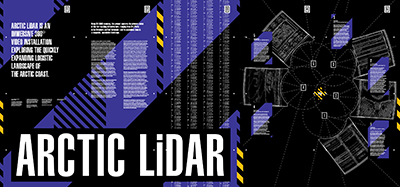Student Innovations Shine at 2025 Invent@SU Presentations
Eight teams of engineering students presented designs for original devices to industry experts and investors at Invent@SU Final Presentations. This six-week summer program allows students to design, prototype and pitch their inventions to judges. During the program, students learn about…


 In March 2017, Daniele Profeta was invited to teach a workshop at the Strelka Institute for Media, Architecture and Design in Moscow. There, he joined an expedition along the Arctic Coast with renowned speculative architect Liam Young and his students in the “New Normal” program at Strelka, who were studying the effect of humans on the planet.
In March 2017, Daniele Profeta was invited to teach a workshop at the Strelka Institute for Media, Architecture and Design in Moscow. There, he joined an expedition along the Arctic Coast with renowned speculative architect Liam Young and his students in the “New Normal” program at Strelka, who were studying the effect of humans on the planet.